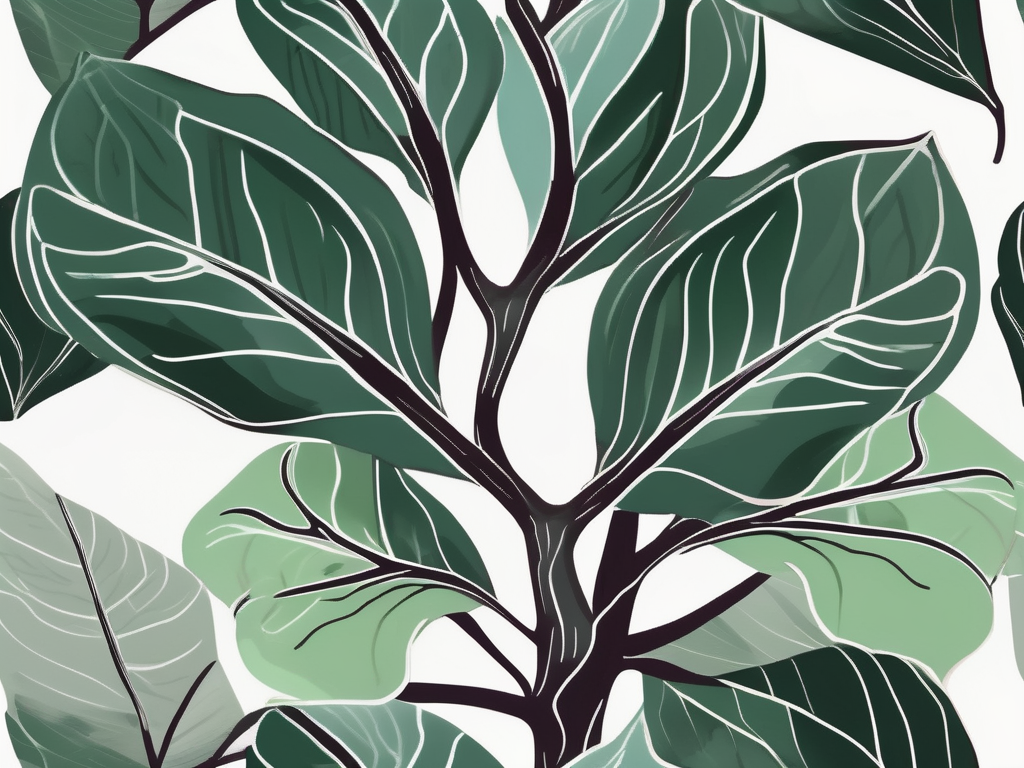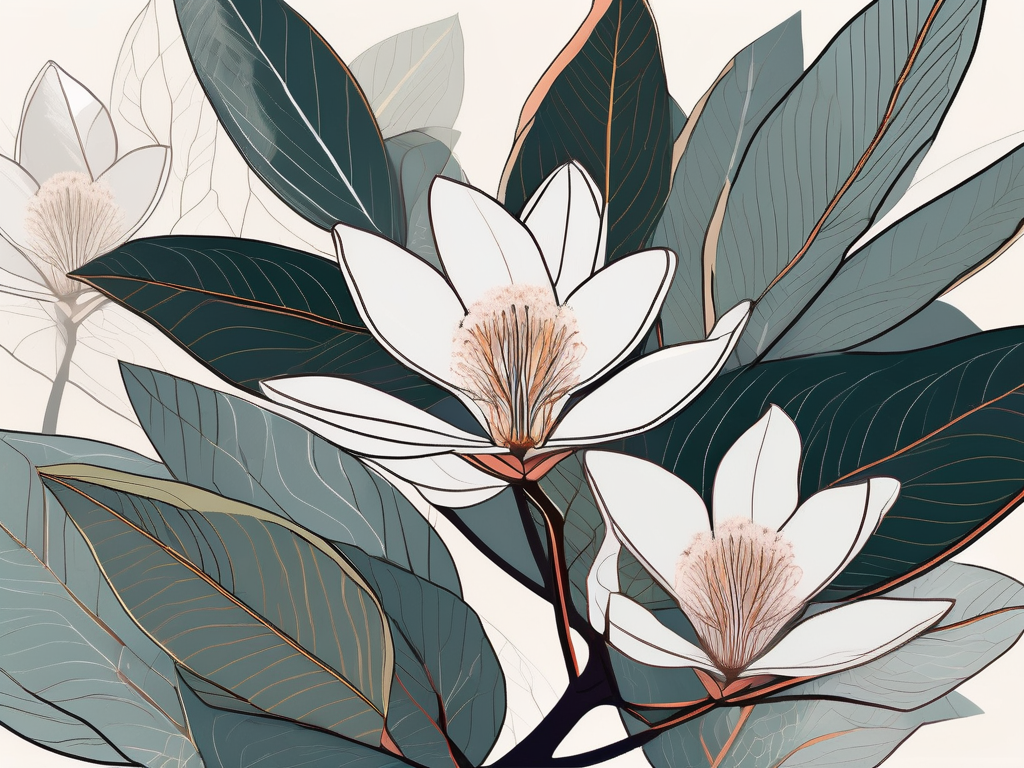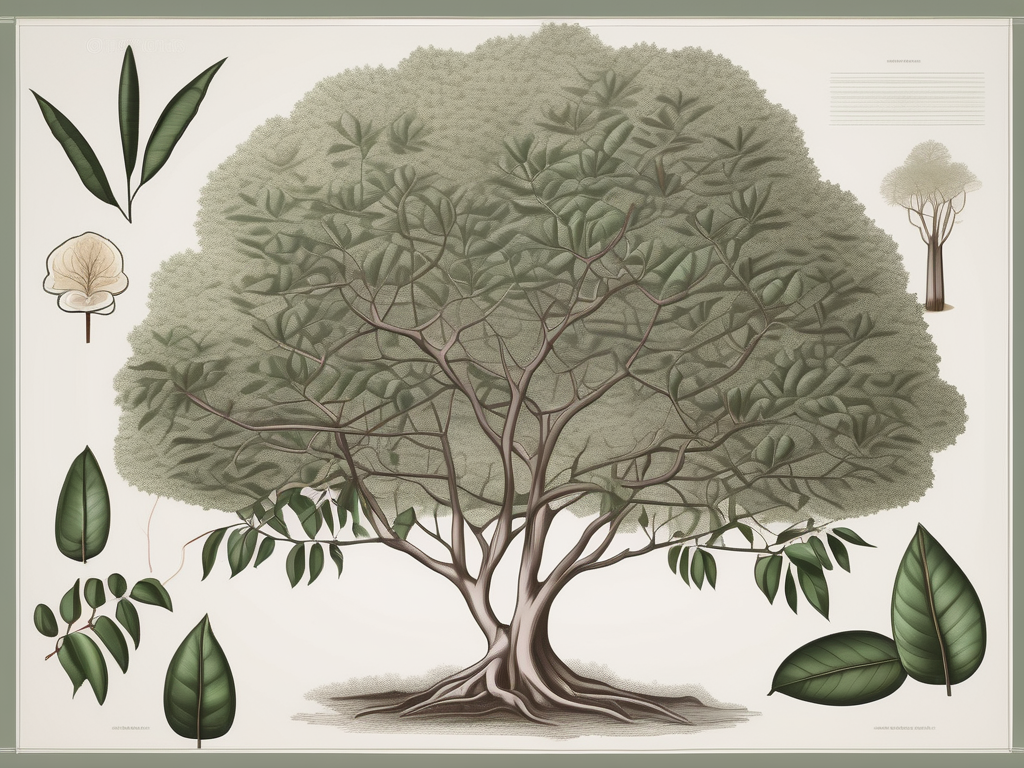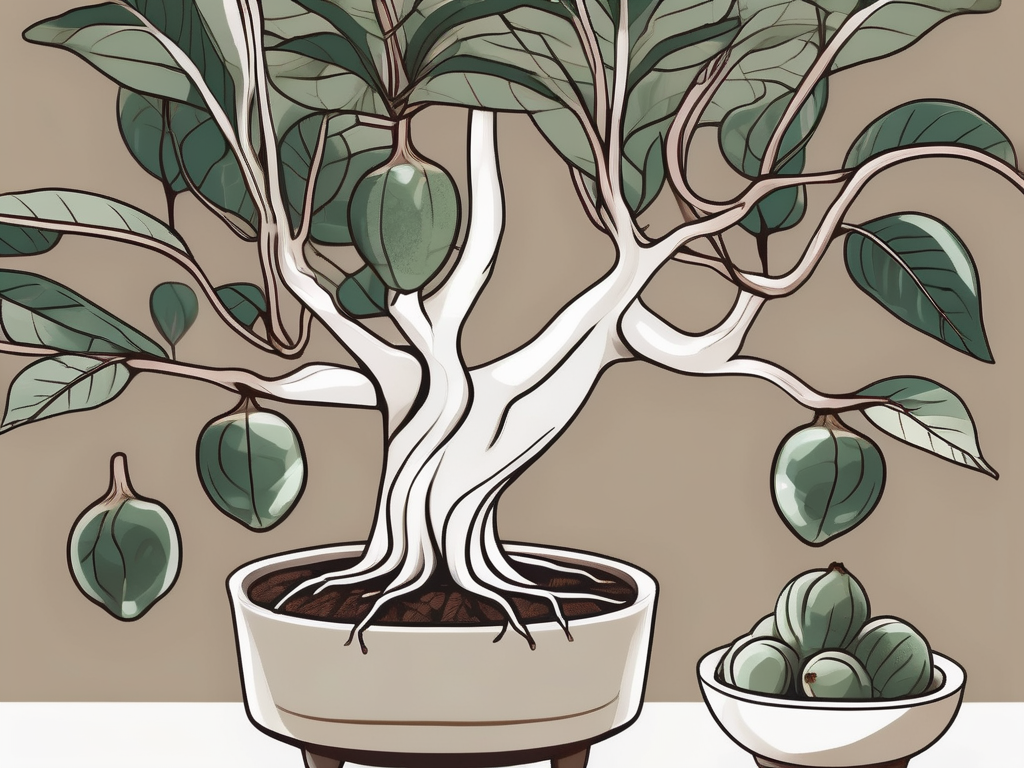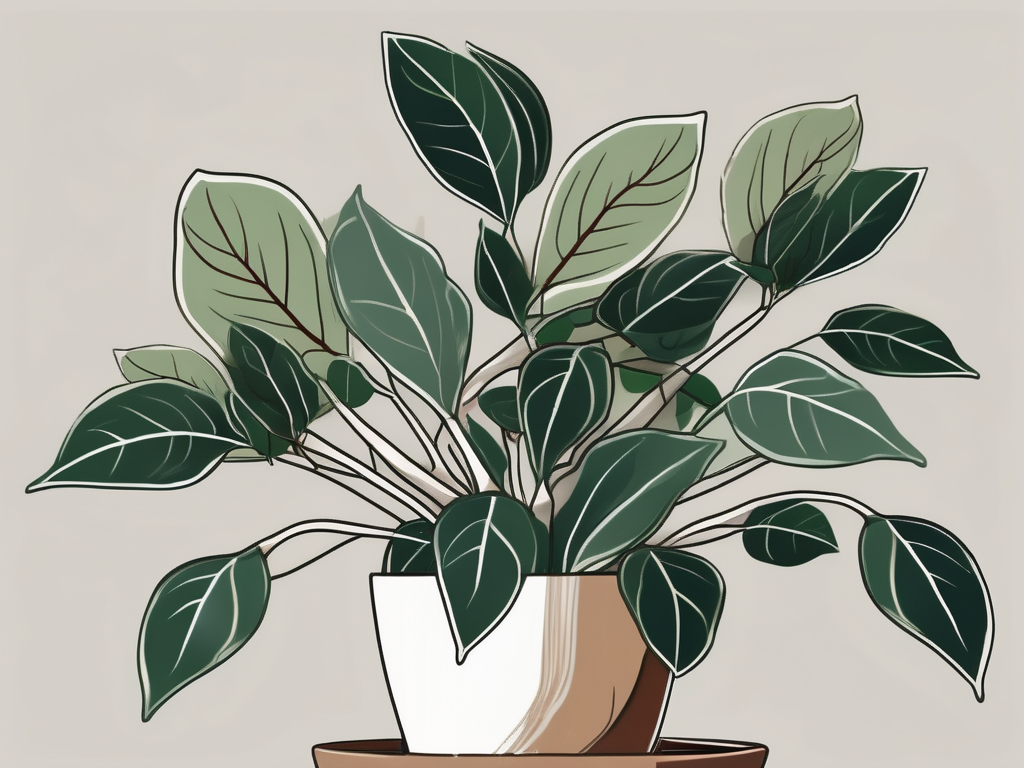
Have you ever wondered about the rubber tree, that lush and vibrant plant that's been quietly making a splash in the world of houseplants? Not only is it a stunning addition to any room, but it's also a plant with a fascinating scientific side. Today, we're diving into the world of the rubber tree's scientific name and why it matters for plant lovers everywhere.
In this article, we'll chat about the origins of the rubber tree's name, its role in plant classification, and how knowing its scientific name can help you care for it better. Plus, we'll sprinkle in some practical tips and fun facts to keep things interesting. Ready to learn more about your leafy friend?
The Rubber Tree's Scientific Name: Ficus elastica
The rubber tree, known scientifically as Ficus elastica, belongs to the Moraceae family. This family is quite diverse, including everything from figs to mulberries. The name "Ficus" is the Latin word for fig, which is fitting since the rubber tree is a type of fig plant. The species name "elastica" hints at its flexible, rubbery properties, which were historically important for producing latex.
Why does this matter? Well, understanding a plant's scientific name is like having its passport. It tells us about its identity, relationships with other plants, and even clues about its care. For instance, knowing that the rubber tree is a fig can inform us about its growth habits, light preferences, and even its potential challenges.
Interestingly, the rubber tree is part of a larger group of plants that have adapted to various environments. While many plants in the Ficus genus thrive in tropical climates, some have made their homes in temperate regions. This adaptability makes them popular choices for houseplants, as they can tolerate a range of indoor conditions.
History Behind the Name
The story of the rubber tree's name takes us back to the days when these plants were first discovered by Western botanists. Originally found in the tropical regions of Southeast Asia, the rubber tree was prized for its latex-producing capabilities. This latex was a key material before synthetic rubbers became widespread. Explorers and botanists were fascinated by its potential, leading to its introduction into various parts of the world.
The name Ficus elastica was given in recognition of its unique ability to produce latex. But it's not just about the latex! The plant's robust growth and striking leaves captured the imagination of plant enthusiasts, leading to its cultivation as an ornamental plant.
Over time, the rubber tree found its way into homes and gardens worldwide. Its scientific name became a symbol of its unique qualities and historical significance. Today, while we may not tap it for latex, the rubber tree remains a beloved houseplant, appreciated for its resilience and beauty.
Why Scientific Names Matter
So, why should we care about scientific names like Ficus elastica? For starters, scientific names provide a universal language for plant identification. Common names can vary widely from region to region, leading to confusion. For instance, the rubber tree is also known as the Indian rubber plant, the rubber fig, and even the rubber bush. But wherever you are in the world, Ficus elastica is the same plant.
This consistency is crucial for plant care. Knowing the scientific name allows you to access accurate information about the plant's needs, potential pests, and growth habits. It also helps in identifying related species that might share similar care requirements or challenges.
Moreover, scientific names reflect a plant's classification, which can offer insights into its evolutionary history and ecological role. For plant lovers, this can be a fun and educational way to deepen your understanding of the natural world. Plus, it’s always impressive to drop a scientific name or two at your next plant-themed gathering!
Caring for Your Ficus elastica
Now that we’ve got the science down, let’s talk about caring for your Ficus elastica. Rubber trees are known for their glossy leaves and sturdy nature, making them a popular choice for homes and offices. But like any plant, they have their preferences.
First off, let’s talk about light. Rubber trees love bright, indirect light. Think of a spot near a window where the sun doesn’t directly hit the leaves. Too much direct sunlight can scorch them, while too little light might cause the leaves to drop.
As for watering, rubber trees prefer a consistent routine. Allow the top inch of soil to dry out before watering, and ensure your pot has good drainage. Overwatering is a common mistake, leading to root rot. Remember, it’s always easier to add water than to take it away!
Temperature-wise, rubber trees enjoy a warm environment, ideally between 60-75°F (15-24°C). They’re not fans of cold drafts or sudden temperature changes, so keep them away from open windows in winter.
Potting and Soil Needs
When it comes to potting your Ficus elastica, a well-draining soil mix is vital. These plants appreciate a mix that holds moisture without becoming waterlogged. A good potting mix might include peat, pine bark, and perlite to ensure proper aeration.
Repotting is generally needed every couple of years, or when you notice the plant becoming root-bound. When you do repot, choose a pot that’s one size larger than the current one to give your plant room to grow. Spring is usually the best time for repotting, as the plant is naturally gearing up for its growth season.
While repotting, gently loosen the roots and remove any old soil. This can help the plant adjust to its new home more easily. After repotting, give your rubber tree a good drink of water to help it settle in.
Common Pests and Problems
Like any houseplant, Ficus elastica can sometimes face pest issues. The most common culprits are spider mites and scale insects. Spider mites are tiny and often go unnoticed until you see the fine webs they leave behind. To combat them, regular misting and wiping the leaves with a damp cloth can help keep them at bay.
Scale insects, on the other hand, appear as small, brown bumps on the leaves and stems. They can be a bit more stubborn but can be removed with a bit of elbow grease. A cotton swab dipped in rubbing alcohol can help dislodge them, followed by a thorough rinse of the plant.
Beyond pests, yellowing leaves can be a sign of overwatering or poor drainage, while dropping leaves might indicate a sudden change in environment or a lack of light. Observing your plant and adjusting care as needed can usually resolve these issues.
Designing with Rubber Trees
Rubber trees are not just any houseplant—they’re a statement piece. With their bold leaves and tall stature, they can add a touch of sophistication to any space. Whether you’re aiming for a minimalist look or a lush, jungle-like vibe, these plants can play a starring role.
Consider placing a rubber tree in a bright corner to draw the eye. Their height can complement tall ceilings and add vertical interest to a room. Pair them with a simple pot to let the plant’s natural beauty shine.
For a more eclectic look, group your rubber tree with other plants of varying shapes and sizes. This creates a dynamic arrangement that can make your space feel vibrant and alive. Just remember to give each plant enough personal space to thrive.
Another fun idea is using a rubber tree as a natural divider. In open-plan spaces, a tall rubber tree can create a sense of separation without closing off the room. Plus, it adds a bit of greenery to your view.
Propagation Tips
If you’re feeling adventurous, why not try propagating your Ficus elastica? It’s a rewarding process that allows you to expand your collection or share plants with friends. The most common method is stem cuttings.
Here’s how to do it:
- Choose a healthy stem with at least a few leaves.
- Cut below a leaf node, making sure the cutting is about 4-6 inches long.
- Remove the lower leaves, leaving just a couple at the top.
- Dip the cut end in rooting hormone to encourage growth.
- Plant the cutting in a small pot with a well-draining soil mix.
- Keep the soil slightly moist and place the pot in a warm, bright spot.
With a bit of patience, you should see new roots forming in a few weeks. Once the plant is established, you can treat it just like your other rubber trees.
Fun Facts About Rubber Trees
Let’s wrap up with some fun tidbits about the rubber tree. Did you know that in its natural habitat, a rubber tree can grow up to 100 feet tall? Of course, indoors, they’re happy to stick to a more manageable size, usually maxing out at around 10 feet.
Rubber trees are also known for their air-purifying abilities. They can help filter out toxins like formaldehyde, making them a great addition to your home for both style and health.
Another interesting fact is that rubber trees have been used in traditional medicine in some cultures. The latex was believed to have healing properties, although it’s not commonly used this way today.
Final Thoughts
We’ve covered quite a journey through the world of Ficus elastica, from its scientific roots to practical care tips. Understanding the rubber tree’s scientific name gives us a glimpse into its history and helps us take better care of it.
At Cafe Planta, we’re passionate about connecting people with plants. Whether you’re looking for a new addition to your collection or need some plant care advice, we’re here to help. Feel free to email us, DM us on Instagram, or drop by our shop to chat. We believe plants bring joy and beauty to our lives, and we’re excited to share that with you!













